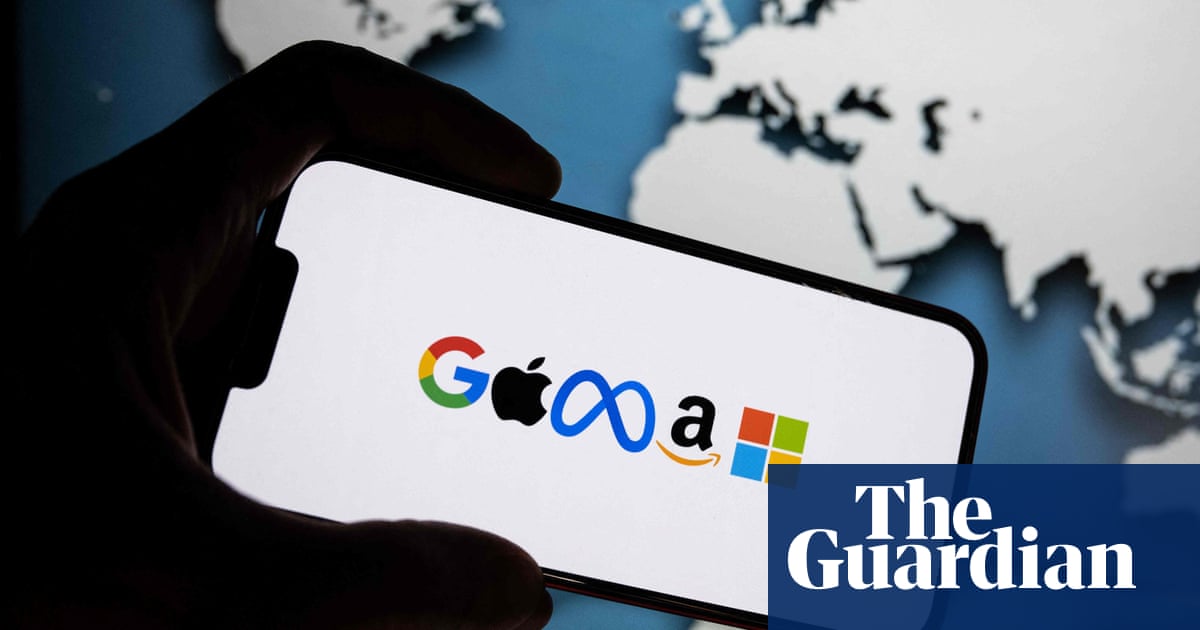
LONDON (Reuters) - The London Metal Exchange is not trying to permanently close its open-outcry ring “by stealth” with its push to boost digital trading during the COVID-19 pandemic, its chief executive told Reuters on Thursday.
The ring, the last trading floor of its kind in Europe, closed in March for the first time since World War II due to the outbreak, ending its theatre of arcane hand signals and frenzied shouting by traders.
LME CEO Matt Chamberlain said in a speech on Monday the exchange intended to improve its electronic trading system because it expects the coronavirus crisis will keep the ring closed for many more months.
“There are theories circulating that we’re using this whole thing to close the ring by stealth,” Chamberlain said in an interview on Thursday.
“The position remains very much that we want to reopen it... we see business continuity during the coronavirus situation, and the future of the ring, as separate discussions.”
The impetus for improving electronic trading during the ring closure at the world’s oldest and largest market for industrial metals came from users, he added.
A working group is due to review the efficiency proposals in about two weeks, Chamberlain said. If they are approved, they could be implemented by year-end.
When the 143-year-old exchange temporarily closed the ring and shifted activity to its electronic system, it retained the ring system to calculate end-of-day prices on the curve, a myriad of complex forward calculations.
The LME is unique among exchanges in that it allows users to lock in prices for individual days for the first three months forward and weekly for up to six months, meaning there are hundreds of potential dates to trade and adjust.
“We deliberately maintained the ring approach to the curve (in the digital system) because that’s the most unique thing about our ring,” he said.
“We didn’t want to change the curve methodology, but we’ve now heard (complaints) from enough traders.”












